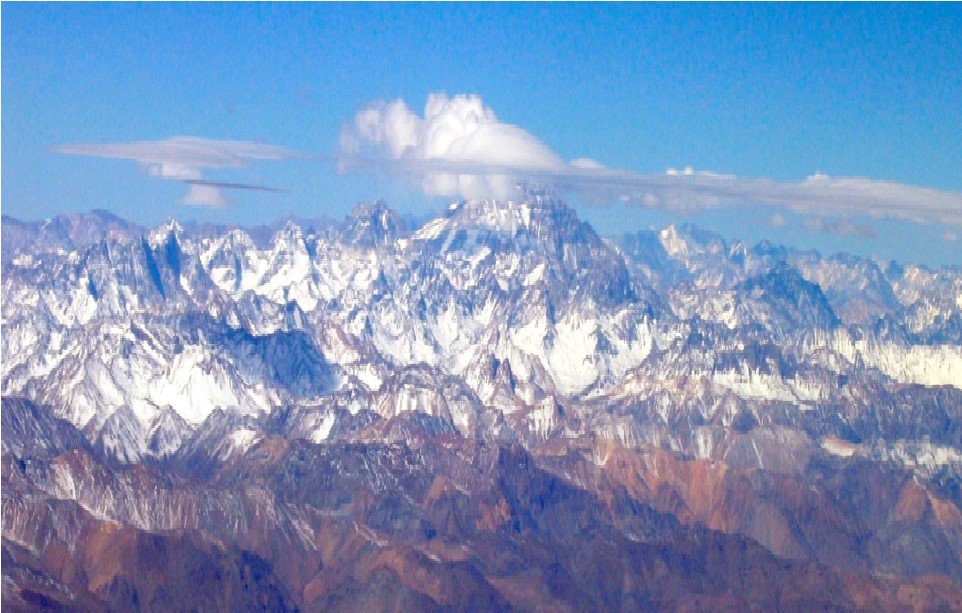
The final meeting of the ‘Impact of the Glacier Retreat in the Andes: International Multidisciplinary Network for Adaptation Strategies’ project, organised by UNESCO – International Hydrological Program and IANIGLA with the support of the Government of Flanders, was held at the IANIGLA Institute, Mendoza, Argentina, in August 2017. It was attended by outstanding national and international professionals in the area of snow and glacier management. The results of the project were presented and discussions were held on the challenges and future opportunities in relation to glacier retreat.
At this meeting, CONICET-IWSN researchers Paula Mussetta, Nicolás Parise and Cesar Ferrer presented a paper: Reconfigurations of productive oases at the foot of the Andes: water uses, institutional mechanisms and adaptability to climate change. The paper addressess the characteristics of Mendoza’s continental climate (great thermal amplitude and enormous interannual variability in water availability) which create serious challenges for both local water management and agriculture. In particular, these conditions cause a series of problems associated with the melting of snow in the higher areas of the Uco Valley (central oasis). There are further problems. Groundwater pumping is the main adaptation strategy used to tackle the variability of water availability but, encouraged by some management instruments, these practices indirectly increase the vulnerability of other actors, in a context of restrictions for the drilling of new wells and lowering of the water table.
The paper highlights the impacts of the variations in water availability and runoff peaks on agricultural actors in this zone of the upper Tunuyán river; describes the practices that the actors develop to deal with this variability, especially related to the exploitation of groundwater and explains the current consequences and potential implications of these practices for the availability of the resource.
